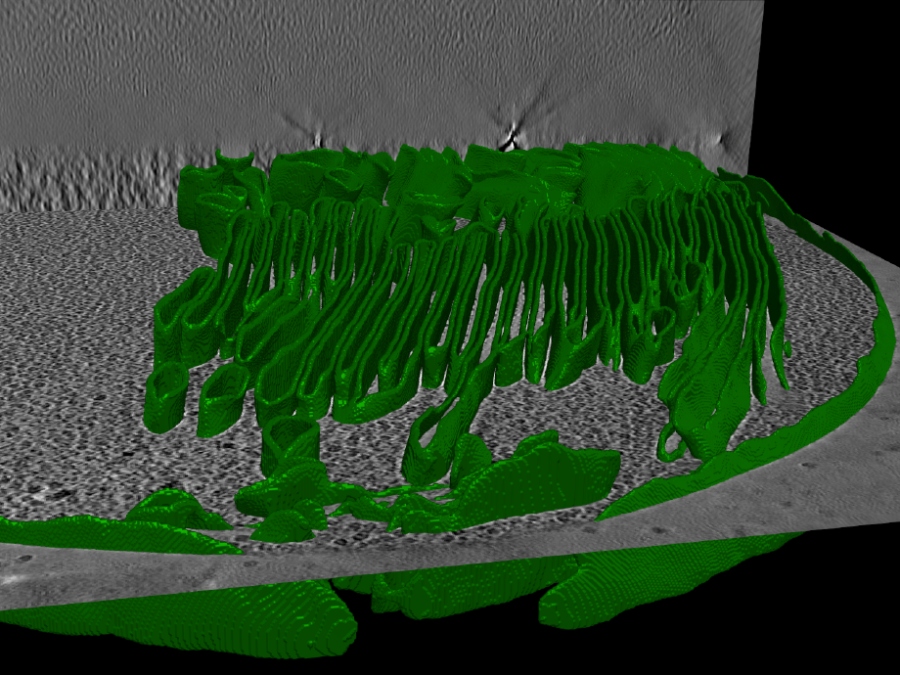Detecting Type-2 Diabetes in histopathological images for a better understanding of biological processes behind the disease

info
Type-2 diabetes is a chronic disease affecting about 500 million people worldwide. Despite extensive research over the last decades, exact biological processes leading to a deteriorating insulin production are not yet fully understood. By building models that are able to classify whether a patient has type-2 diabetes or not from whole slide images of the pancreas, we are able to use explanatory methods hinting at the locations the model uses for its prediction and therefore revealing morphological changes within the pancreas leading to diabetes.


